Tesla Model S: The Week reviews the electric saloon
The supercar-rivalling saloon is a thrilling – if expensive – take on the future of electric motoring with lashings of green credentials
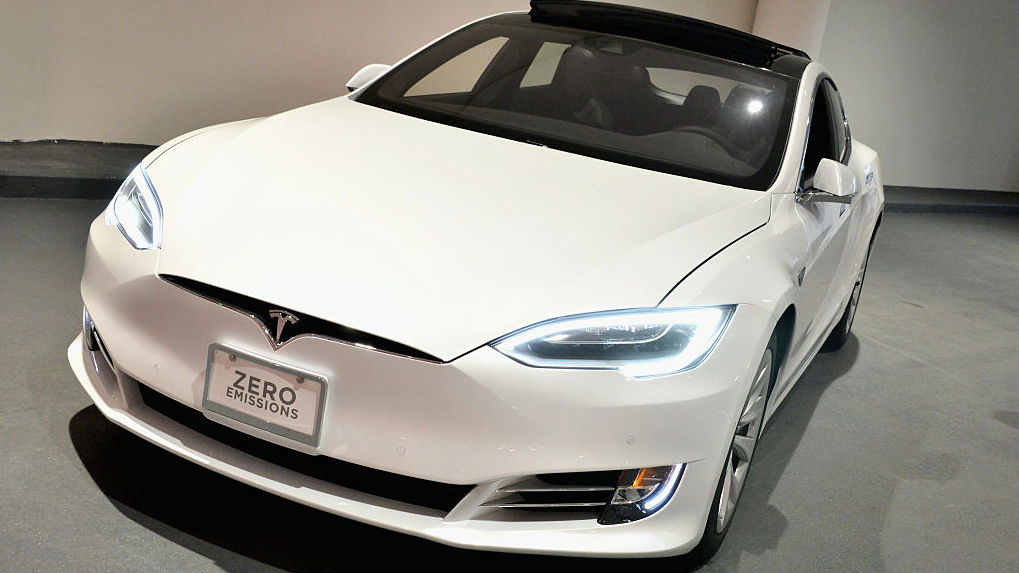
Tesla S: Everything you need to know
28 March
Tesla looks set to ditch its entry-level Model S 60 and 60D next month in an attempt to streamline the electric saloon range.
According to AutoExpress, there has been a lack of demand for the cheapest saloon since it released last year as many customers have "skirted over" the 60 variant and opted for a Model S 75 instead.
The Week
Escape your echo chamber. Get the facts behind the news, plus analysis from multiple perspectives.

Sign up for The Week's Free Newsletters
From our morning news briefing to a weekly Good News Newsletter, get the best of The Week delivered directly to your inbox.
From our morning news briefing to a weekly Good News Newsletter, get the best of The Week delivered directly to your inbox.
They will be discontinued on 17 April, adds the magazine.
All three models use the same 75kWh battery pack, although Tesla caps the additional performance and range of the 60 and 60D "behind a limiter", AutoExpress says. Opening up the performance of the battery is possible through a paid over-the-air update, but it's more cost effective to opt for the 75 or 75D instead.
Tesla's decision will also simplify the Model S range, as Electrek reports the battery options will shrink from seven to five.
Potential customers who have shown an interest in buying a 60 variant have been emailed by Tesla and warned that a "change is coming".
A free daily email with the biggest news stories of the day – and the best features from TheWeek.com
The 60 and 60D are priced at £62,000 and £67,000 respectively; when they are removed from the market, the 75 will take over as the cheapest electric saloon at £68,500.
However, Tesla will begin delivering its £35,000 Model 3 saloon later this year. It's set to become the company's first mass-produced electric car, with hundreds of thousands of orders placed shortly after it debuted in March last year.
Tesla Model S: Prices, specs and reviews
9 February
The Tesla Model S is one of the benchmark cars in the growing electric vehicle market. Not only does it offer an all-electric range that goes some way to reducing range anxiety, it's also an aspirational machine.
The Model S is a desirable, premium car with performance and technology to boot, making it a tempting proposition compared to a conventionally powered executive saloon.
It's currently Tesla's sole saloon car offering, but it's set to be joined by the smaller, more affordable Model 3 late next year. Until then, this is one of two cars in the company's line-up, alongside the Model X SUV.
Tesla tends to chop and change its line-up more often than other manufacturers, introducing new battery pack options and technology in incremental steps rather than in one fell swoop. The same goes for software – with Tesla, you get over-the-air updates.
Here's the latest on the Model S and what the critics make of it.
Design
Tesla has given the Model S a facelift. A thin moustache-like grille at the front replaces the large black surround used on earlier cars but overall, the profile remains the head-turning shape introduced in 2012.
It's a low slung, sporty, coupe-like saloon with wide haunches and a sloping roofline, more often than not sat on optional 21ins wheels to give some serious road presence.
Tesla has "restricted the temptation to adopt the weirdness that makes some other electric vehicles look like they're trying too hard", Evo says, and there are hints of petrol-powered rivals from Audi and Jaguar in the car's profile.
Despite being four years old, it "still has the ability to swivel heads".
Interior and tech
However, it's the details inside the spacious and airy cabin that Tesla would rather you paid attention to
CarBuyer says the Model S "manages to pull off the trick of being both elegant and bristling with technology", thanks to a decluttered design and a pair of eye-catching instruments.
Most of the cabin is kept neat and simple, with few buttons and flowing, minimalist lines marking out the dashboard and instruments. Materials such as leather, zinc and woods are used as trims.
You can't help but be drawn to the huge 17ins portrait touchscreen mounted in the middle of the dashboard. Not only does it control almost all the car's functions, it can be used to browse the internet too. Added to that, it is a huge display for the Google Maps-powered sat nav – you'll struggle to get lost in a Model S.
Autopilot
Tesla's Autopilot has been the company's stand-out technology since it was introduced on the Model S in 2014. The feature uses a combination of hardware and software to enable the car to drive itself on motorways, as well as offer other perks such as self-parking capabilities.
It's a set-up consisting of new cameras and ultrasonic sensors, granting the car 360-degree vision with a range of 820ft.
Late last year, the company announced it was rolling out monthly updates for Autopilot, while every Tesla is now manufactured with the necessary hardware to enable autonomous driving. The system, however, cannot be retrofitted to older models.
In its current form, Autopilot driver assistance is classified as a Level 2 autonomy system, allowing drivers to use features such as auto-steer, automatic parking and even vehicle summoning. More driverless assistance are expected through system updates.
Practicality
As its batteries are hidden away and mounted in the floor, the Model S is a very practical saloon.
Not only is do the five occupants get a very generous amount of space, the electric propulsion means they'll travel in near silence.
The Model S uses a hatchback-style boot, in which you can spec two rear-facing child seats for an extra £4,000, transforming the car into a seven-seater.
Without the extra seats, the standard boot space is an SUV-rivalling 894 litres. Fold the rear seats flat and you open up a 1,645-litre cargo bay. As there's no engine under the bonnet, there's a secondary boot in the nose of the car, too.
Powertrain and performance
Tesla has once again refreshed its range of electric powertrains, reportedly dropping its two 60kWh battery pack models.
AutoExpress said there has been a lack of demand for the entry-level saloon since it launched last year, with many customers "skirting over" the 60 range and opting for the 75 model instead.
While the 60 and all-wheel drive 60D models are still available to order, it's believed the 75 will take over as the entry-level saloon from 17 April.
The Model S 75 comes with a 75kWh battery pack and can be specced in either rear or all-wheel drive layouts. Tesla claims it can do 323 miles, while the dual-motor 75D is rated at 334 miles. It can go from zero to 60mph in 5.5secs and on to a top speed of 140mph.
At the top of the range is the 100kWh P100D, which can go from zero to 60mph in less than 2.5secs when the standard-fit Ludicrous Plus Easter egg is enabled. It has a top speed of 155mph and an all-electric range of up to 381 miles, as rated by the NEDC.
the NEDC.
Reviews
Evo's verdict on the Model S is very positive, hailing the car for being a "five- (or seven-) seat electric saloon that can outrun supercars yet cost a fraction to 'fill up' compared to petrol and diesel rivals".
It's an effortless car to drive once you've got over the strange sensation of regenerative braking, says the site, and its technology is fascinating too. Thanks to wireless updates, "there's every chance you'll return to your car in the morning to find it's got even better", adds Evo.
Similarly, Autocar says the Model S "brings credibility, luxury, and useful range to the electric market", concluding it's fast, practical, refined and desirable. "The Model S is a triumph," it announces.
Auto Express calls the Model S a "fascinating – if expensive – take on the future of electric motoring, available now to bold early adopters who want their green credentials to get them noticed".
If you can live with the limitations of electric motoring, the Model S is a rewarding car to drive and own. The magazine has recently test driven the new facelifted model and identified what it likes about the latest version.
Go for one of the most powerful drivetrain options and you'll be staggered by the car's in gear pace – the P90D model can do 30mph to 50mph in just one second. "Few things can prepare you for just how savage the acceleration can be", says the magazine.
Go for a dual motor version of the car and the handling is as impressive as the straight line speed. The low centre of gravity (thanks to batteries mounted in the middle of the floor) makes for excellent weight distribution and a balanced chassis. Thanks to the dual motor four-wheel-drive system, there are "huge reserves of grip" with only a hint of body roll.
The Model S's spacious interior is similar in size to the Porsche Panamera, says the Daily Telegraph, partly because it's a "big car", but also because "there's no engine to worry about".
The result is that the electric saloon has two "vast" boots, with enough room in the back to "easily accommodate three adults". Rear-facing seats are an optional extra, although the "limited headroom" means they are only suitable for small children.
It feels "plush and well appointed", says CarBuyer, but it is "not to a standard" that rivals the likes of Audi and Mercedes. The cabin, however, is a "light" and "airy" environment that is rare to find on cars of the same size.
It's also well equipped, the site adds, with a large touchscreen control system and monthly updates coming as standard.
Optional equipment includes body-coloured trim and alloy wheels, as well as "nice-to-have kit" such as an electric boot lid and cruise control which "maintains a set distance" to the car in front.
Prices
Prices begin at £68,500 for the 75kWh car with a rear-wheel drive powertrain, stepping up to £73,500 for the slightly quicker all-wheel drive 75D version.
Sitting above the 75 is the 90, at £84,500, which is only available in all-wheel drive and boasts a range of 346 miles.
Expect to pay even more for the latest and fastest version - the range-topping P100D comes in at £129,400, although the slightly slower 100D has a longer battery life and costs £87,500.
The Model S is also eligible for the £4,500 government grant.
Tesla Model S set to appear in all-electric GT championship
17 January
A race-prepared version of the Tesla Model S, which is expected to compete in an electric car championship later this year, has just been unveiled at the Autosport International Show.
The race car is based on the range-topping P100D and retains the model's 100kWh battery. Tesla claims it can deliver a range of 380 miles and go from zero to 60mph in 2.39secs.
AutoExpress, however, says that the race version of the Tesla Model S accelerates even faster than that. Tweaks to the car's battery mean its 778bhp electric motor can achieve a zero to 60mph time of "two seconds flat", helped by the stripping of over 1000lbs from the car's overall weight.
Along with this substantial reduction in weight, the electric race car features race-spec brakes and suspension, says Electrek, as well as a wider, more aerodynamic body with large wings to improve grip and stability at high speeds.
The Model S race car has been designed for the all-electric GT Championship (EGT), which the series claims is the first 100 per cent "zero emissions" GT championship that aims to blend motor racing with a "weekend-long festival of technology".
Each race will field a group of twenty drivers and consist of a 60-minute qualifying session followed by two 37-mile races. The championship is scheduled to launch this year, but a race calendar has not yet been revealed.
The series will be looking to build on the success of the Formula E championship, which has been dubbed the all-electric equivalent to Formula 1. Formula E has also seen growing support from manufacturers since its debut in 2014, with Jaguar and Faraday Future joining the lineup for the 2017 season.
-
 ‘Managed wildfires have spread out of control before’
‘Managed wildfires have spread out of control before’Instant Opinion Opinion, comment and editorials of the day
-
 Separating the real from the fake: tips for spotting AI slop
Separating the real from the fake: tips for spotting AI slopThe Week Recommends Advanced AI may have made slop videos harder to spot, but experts say it’s still possible to detect them
-
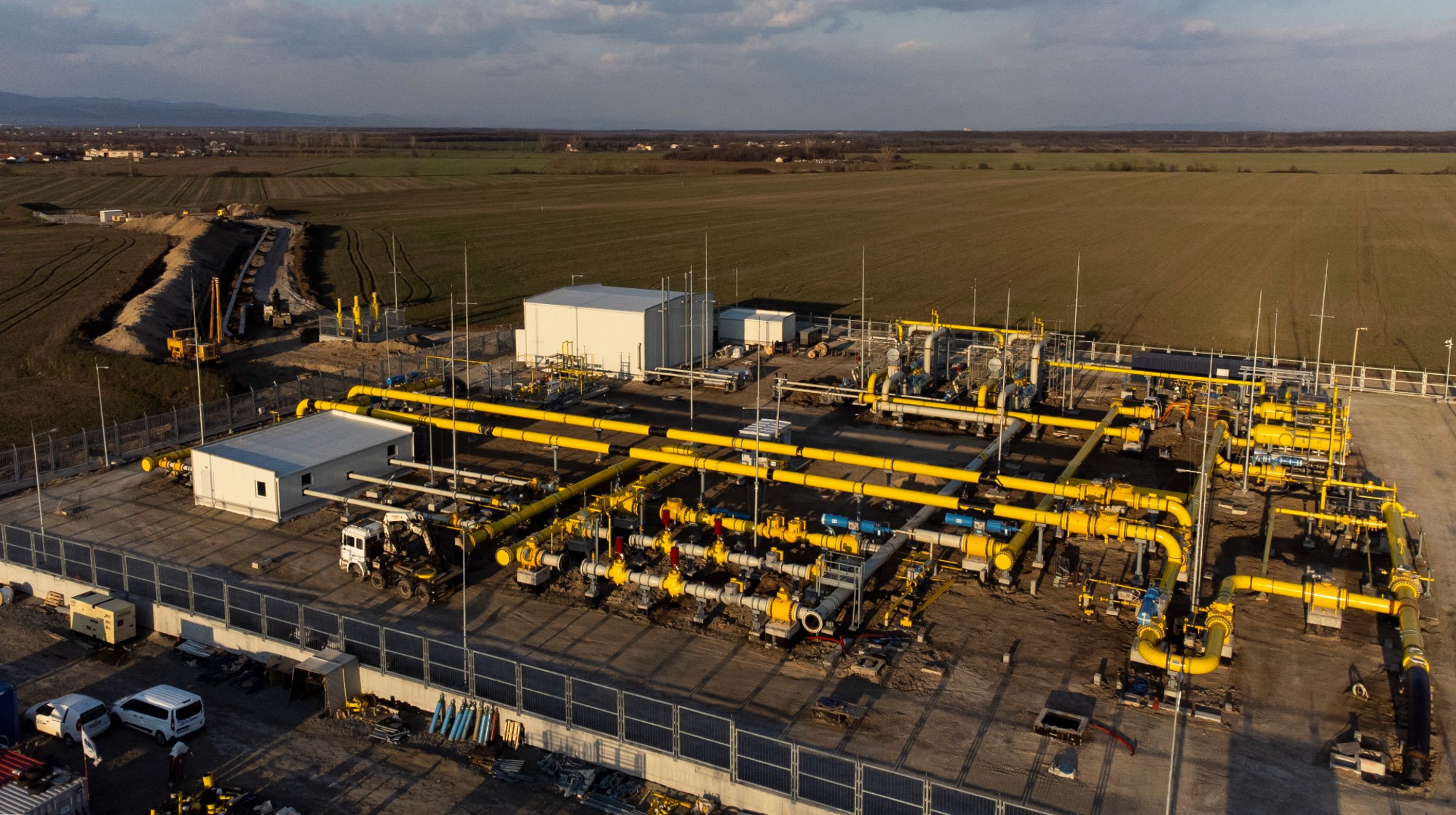 Europe sets 2027 deadline to wean itself from Russian natural gas
Europe sets 2027 deadline to wean itself from Russian natural gasIN THE SPOTLIGHT As international negotiators attempt to end Russia’s years-long invasion of Ukraine, lawmakers across the EU have reached a milestone agreement to uncouple the continent’s gas consumption from Moscow’s petrochemical infrastructure
-
 Are plug-in hybrids better for America's climate goals?
Are plug-in hybrids better for America's climate goals?Talking Points The car industry considers a 'slower, but more plausible path' to reducing emissions
-
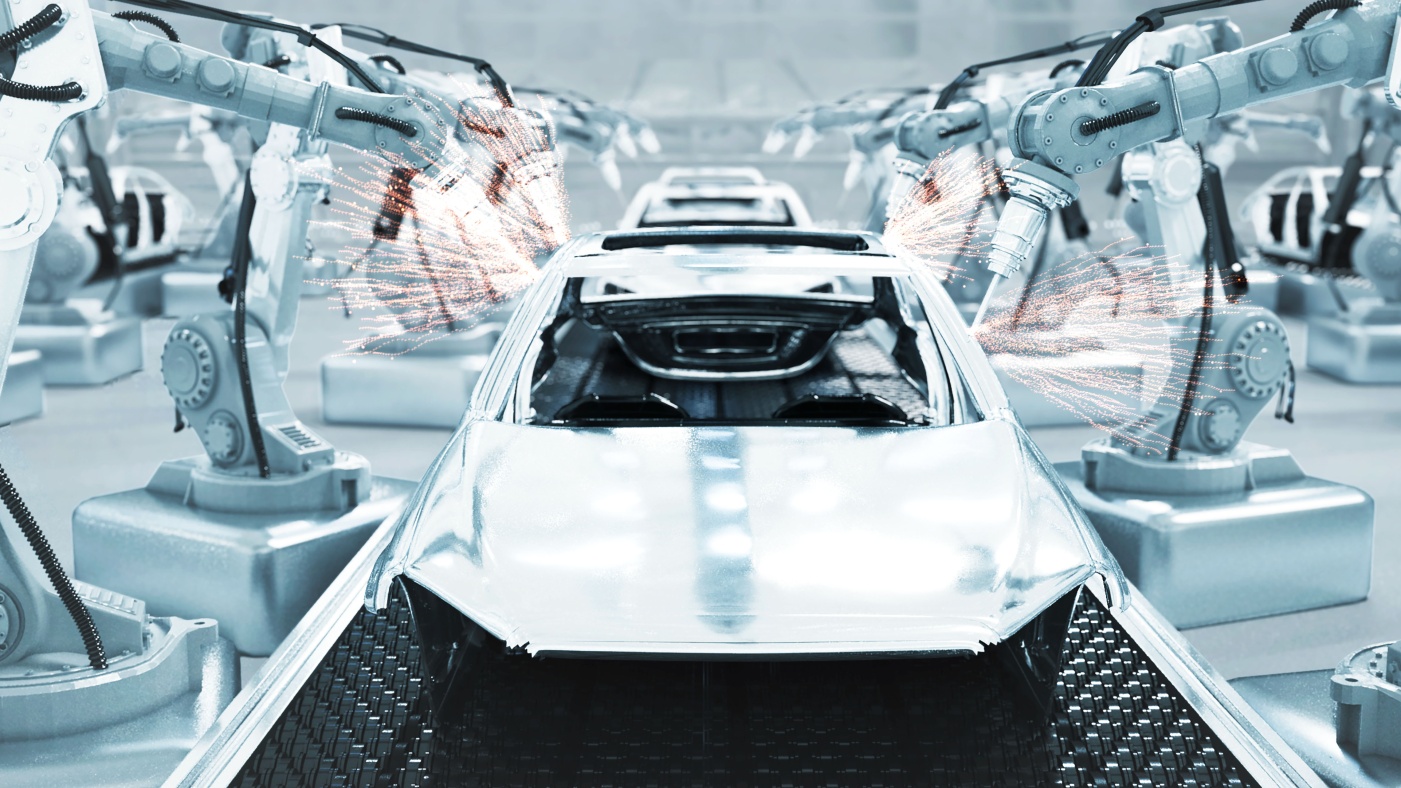 EV market slowdown: a bump in the road for Tesla?
EV market slowdown: a bump in the road for Tesla?Talking Points The electric vehicle market has stalled – with worrying consequences for carmakers
-
 The week's good news: Dec. 14, 2023
The week's good news: Dec. 14, 2023Feature It wasn't all bad!
-
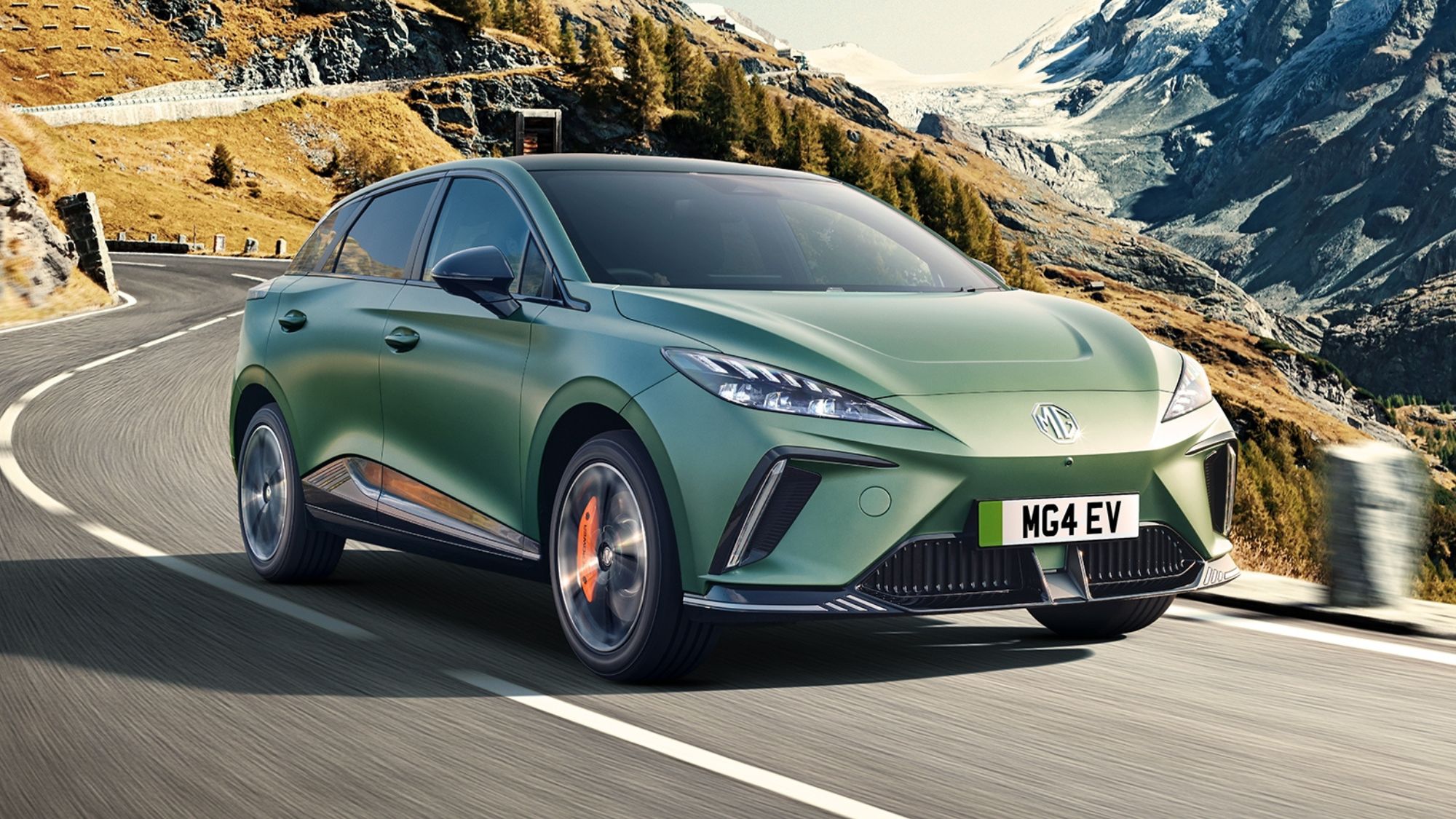 MG4 EV XPower review: what the car critics say
MG4 EV XPower review: what the car critics sayFeature The XPower just 'isn't as much fun' as a regular MG4
-
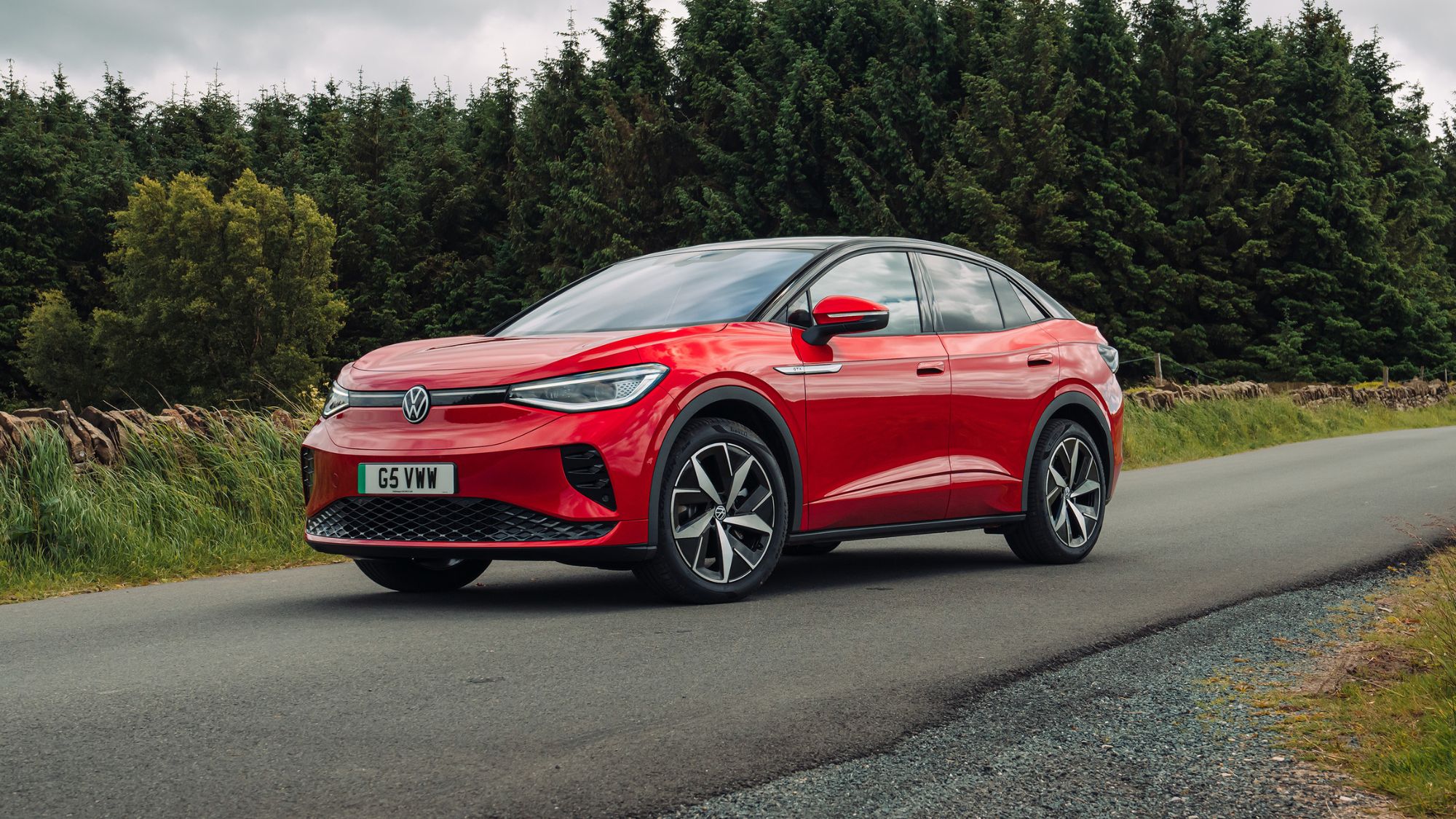 Volkswagen ID.5 review: what the car critics say
Volkswagen ID.5 review: what the car critics sayFeature The ID.4's 'sportier, more stylish twin' – but 'don't believe the hype'
-
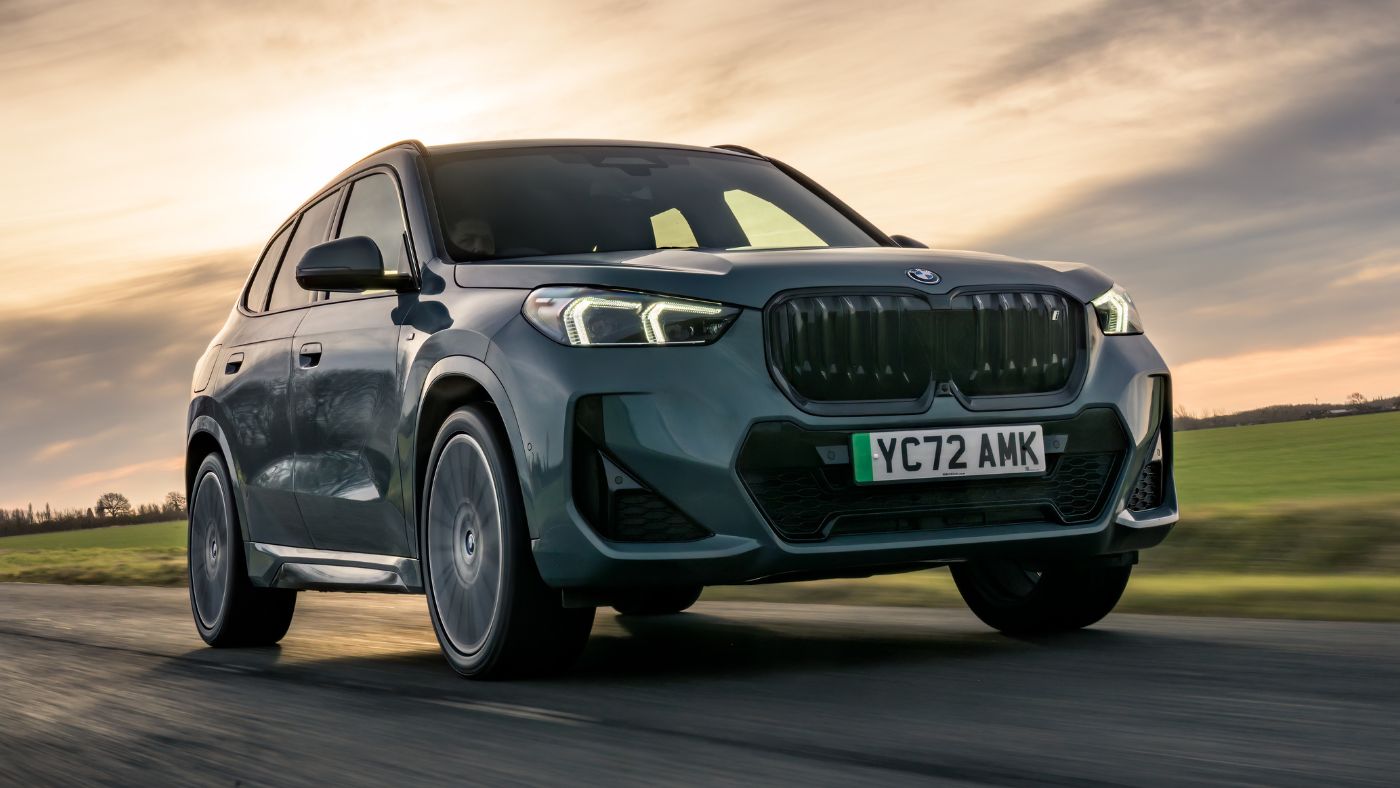 BMW iX1 review: what the car critics say
BMW iX1 review: what the car critics sayThe Week Recommends BMW’s smallest electric crossover has ‘precise’ steering and a ‘smart interior’
-
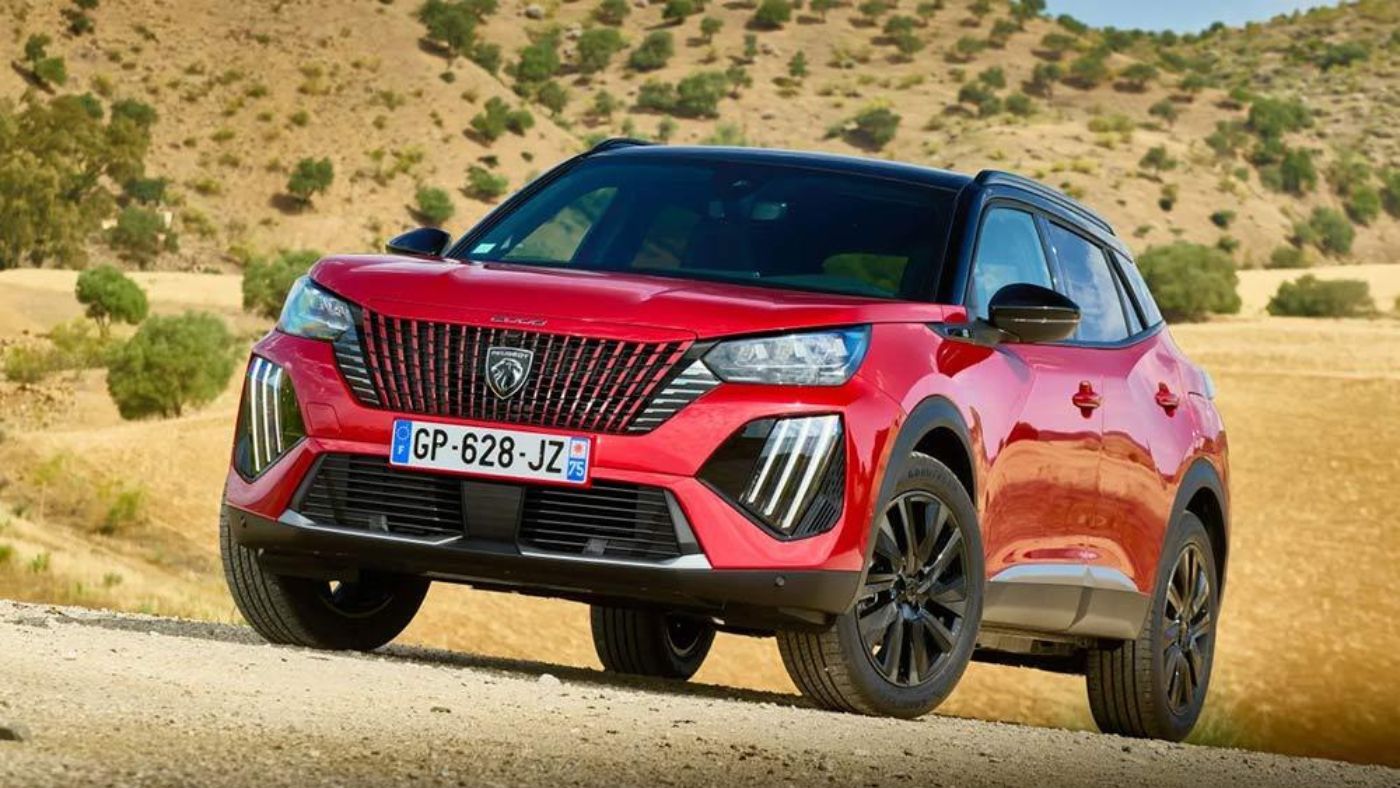 2023 Peugeot e-2008 review: what the car critics say
2023 Peugeot e-2008 review: what the car critics sayThe Week Recommends This small electric crossover has a ‘sophisticated feel’ and a bigger battery than the original
-
 Lotus Eletre review: what the car critics say
Lotus Eletre review: what the car critics sayThe Week Recommends All-electric hyper SUV is not just entertaining to drive – it’s also ‘extraordinarily well made’